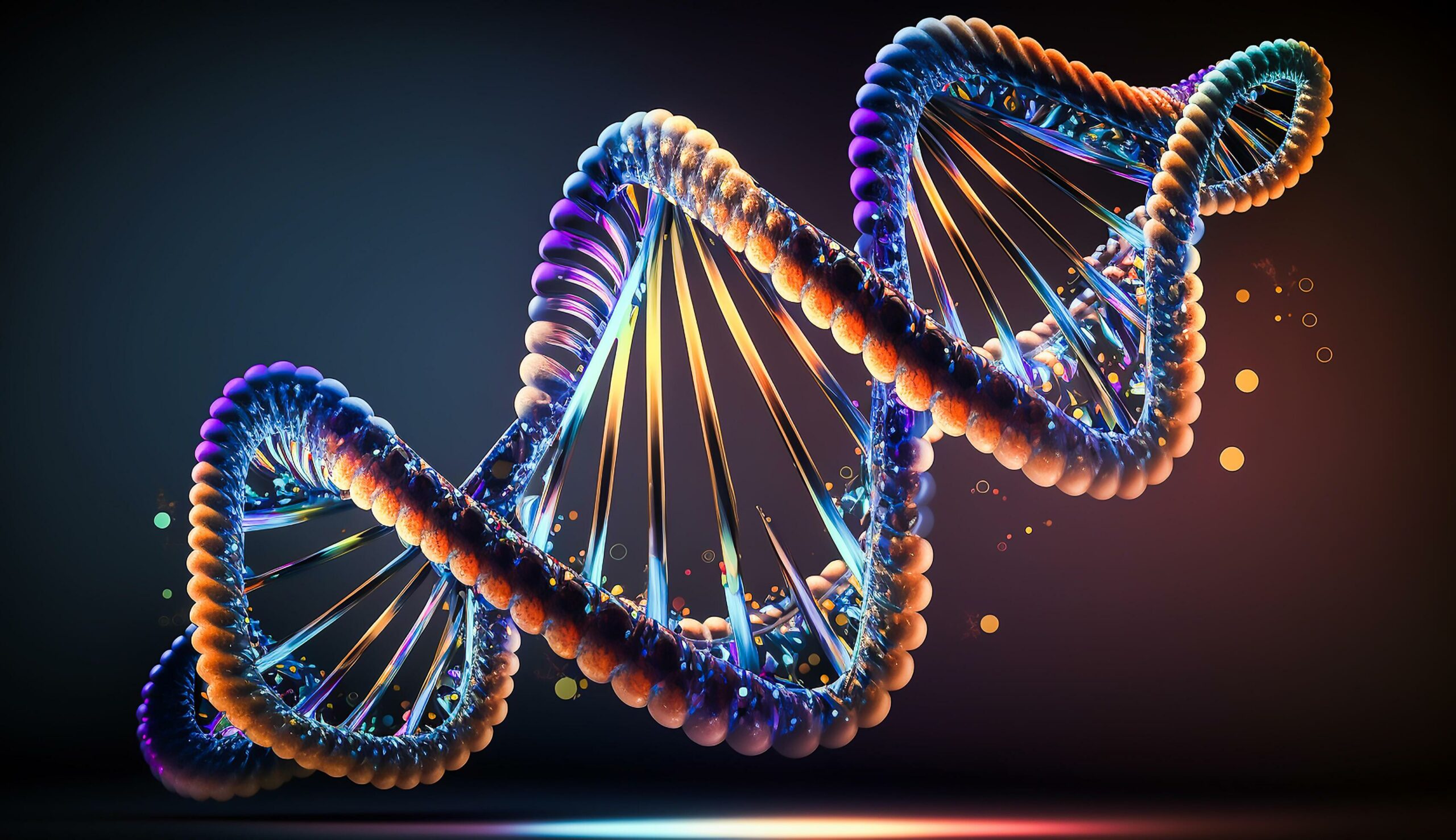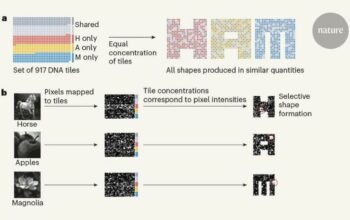The convergence of biological and nanomaterials science has heralded a new epoch in sensor technology, most notably exemplified by the innovative combination of DNA and graphene. This alliance, perceived through the lens of molecular engineering, is akin to weaving the intricate tapestry of life with the robust strands of modernity. The synthesis of these two profoundly different entities cultivates a platform for unprecedented sensitivity and selectivity in chemical sensing. Understanding this synergy requires an exploration of their individual properties and the remarkable implications of their amalgamation.
DNA, or deoxyribonucleic acid, is the fundamental blueprint of biological organisms, encoding genetic information with its unique double-helix structure made up of nucleotides. Its specificity in recognition and binding interactions endows it with unparalleled capabilities in molecular detection. Each sequence of nucleotides can act as a highly selective probe, capable of recognizing specific biomolecules at exceptionally low concentrations. This property makes DNA a natural candidate for applications in biosensing, where the detection of minute quantities of biological markers could facilitate early diagnoses of diseases.
On the other hand, graphene, a single layer of carbon atoms arranged in a two-dimensional honeycomb lattice, possesses striking electrical, thermal, and mechanical properties. Its high surface area to volume ratio, combined with extraordinary electrical conductivity, positions graphene as an ideal material for the fabrication of sensors. Moreover, its biocompatibility and ability to be functionalized further enhance its compatibility with biosystems. The marriage of these two materials—DNA’s specificity and graphene’s conductivity—gives rise to what can be described as a ‘chemical super sensor.’
The fundamental working principle of the DNA-graphene sensor revolves around the intricate interplay of charge transfer mechanisms between the DNA molecules and the graphene surface. When a target analyte interacts with the immobilized DNA strand on the graphene substrate, it causes a conformational change in the DNA structure. This change in conformation results in a measurable alteration in the electrical properties of the graphene layer. Consequently, the sensitivity of the sensor towards the analyte increases dramatically, allowing for the detection of even sparse molecules.
One of the most riveting applications of this DNA-graphene synergy is in the realm of medical diagnostics. The capability to detect nucleic acids associated with various pathogens opens the door to rapid and accurate disease identification. In oncology, for example, the ability to discern cancer biomarkers at nascent stages is pivotal for effective treatment outcomes. The DNA-graphene sensors can potentially shorten the time frame for such detections from days to mere minutes, an enticing proposition for health care settings that often grapple with the delays caused by traditional diagnostic methods.
Nonetheless, beyond biomedicine, the implications of this groundbreaking technology stretch into environmental monitoring. Contaminants in soil and water can be detected with remarkable precision using the same underlying principles. By functionalizing graphene surfaces with different DNA sequences, it becomes feasible to develop sensors capable of identifying specific pollutants, such as heavy metals or toxic chemicals. This adaptability allows for the versatile deployment of the sensor technology across various environmental scenarios, empowering scientists and policymakers to respond promptly to potential ecological crises.
A notable feature of the DNA-graphene hybrid sensors is their propensity for multiplexing—simultaneously detecting multiple targets within a single assay. This characteristic is reminiscent of a conductor orchestrating a symphony, where each instrument represents a distinct biological or chemical entity, yet harmonizing to produce a coherent output. Such capability transforms the potential landscape of diagnostics and environmental screenings by enabling comprehensive analyses with significantly reduced costs and time investments.
However, the advancement of DNA-graphene sensors is not without challenges. The stability of the DNA-probe attachment on the graphene surface and the reproducibility of the sensing process could impact the reliability of these devices. Researchers are focusing on enhancing the functionalization processes and examining novel approaches to improve the longevity and stability of the sensors. Furthermore, there is an ongoing investigation into the ethical implications of deploying such sensitive technologies, particularly regarding privacy concerns surrounding genetic information.
As with all pioneering ventures, the future trajectory of DNA-graphene sensors must navigatively probe through the landscapes of potential pitfalls while celebrating its achievements. Collaborations across disciplines—biochemistry, materials science, engineering, and ethics—are necessary to propel this technology from laboratory settings into mainstream applications. Such interdisciplinary synergies not only amplify the sensor’s capabilities but also address the societal implications of its deployment.
In summary, the integration of DNA and graphene presents a compelling case of a ‘chemical super sensor’ that is transformative in identifying, measuring, and understanding various biological and environmental systems. The allure of this molecular marriage lies in its potential to redefine the horizons of diagnostics and monitoring. The delicate dance of life, captured in the helical twist of DNA, and the fortitude of graphene’s lattice structure form a nexus of innovation that continues to inspire researchers. The future beckons for further exploration, urging the scientific community to unravel the endless possibilities that lie within the confluence of biology and advanced materials.












